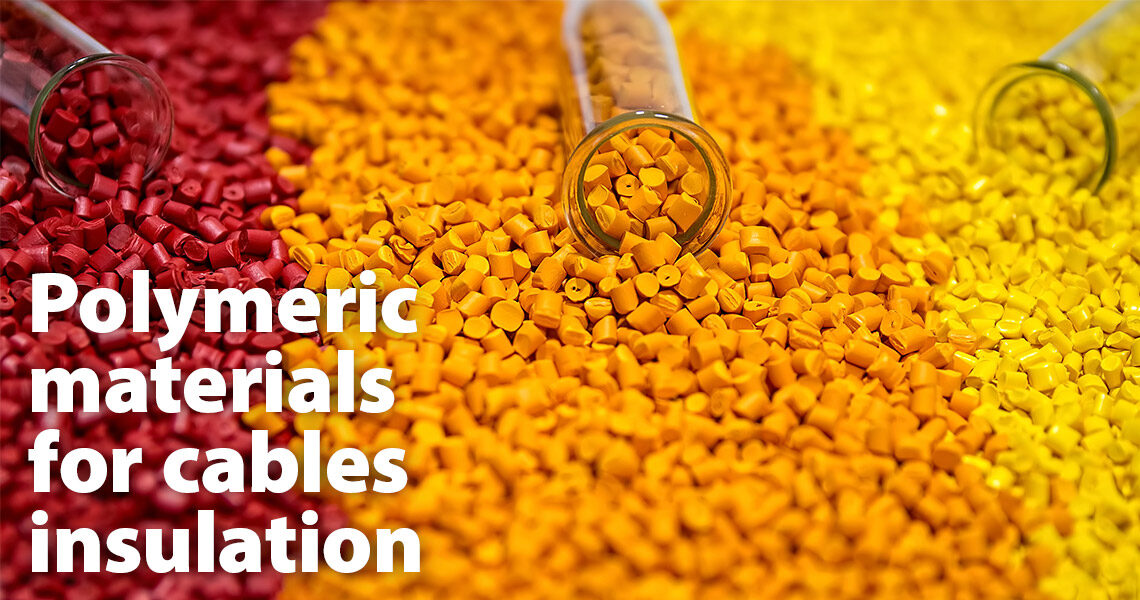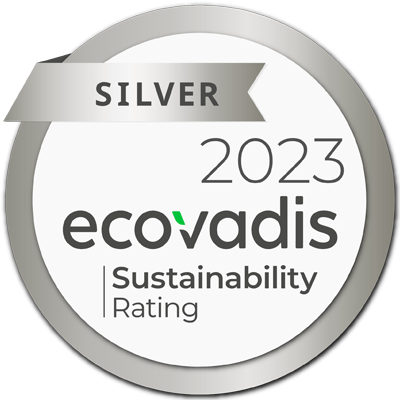- Family: Thermosetting (Cross-linked elastomeric compounds)
- Use: High-performance sheaths
General characteristics
Chlorinated Polyethylene, CPE (sometimes referred to as CM) is a thermoplastic polymer but is used in cables as a thermoset, cross-linked insulation and sheathing material with reasonable electrical and good physical properties. The combination of monomers in the polymer produces a rubber polymer, and when adequately compounded, CPE compounds offer resistance to a wide number of fluids, solvents and similar materials. CPE can often serve as a lower-cost, more environmentally friendly alternative to CSP while coming close to achieving the chemical, flame and UV resistance. While not having the level of performance associated with CSP, mechanical properties include resistance to impact, abrasion, crushing and chipping, making it an ideal material where very high performance is not essential. It requires careful formulation to avoid problems with ozone, and its need for plasticisation can compromise its fluid resistance.
Processing
CPE polymer is compounded in standard rubber compounding equipment and formulated to produce the relevant final properties. CPE requires vulcanisation, and this is typically achieved by a chemical-based system, though it is possible to use radiation. Extrusion is by single screw process, with vulcanisation achieved using standard CV tubes or by various autoclave processes.
Uses of material/Cable types
It can be used as insulation for cables with a voltage rating up to 600V but is more widely used as a sheathing material for almost any type of cable that requires high levels of performance. It has a wide temperature range from -20°C up to +105°C. It is also resistant to hydrocarbons, oils, greases and fuels and exhibits excellent fire-resistant properties, though the presence of chlorine in the polymer prevents its use in halogen-free applications.
Its properties lead to CPE-sheathed cables being favoured in industrial and transport applications where its resistance to fluids and abrasion makes it particularly useful. It has found use in oil & gas applications and offshore drilling rigs. It has a cost advantage over both CSP and PCP. Still, along with other chlorinated polymers, it has come under pressure where smoke emission and toxicity fire performance is critical, and this has led to a reduction in use.
Standards
Cables manufactured from CPE compounds are included in the following standards:
- IEC 60092- Series
- IEC 60245 – Series
- BS EN 50525 – series
- BS 6708
- BS 6883
- BS 7655
- BS 7917
- DIN VDE 0207 – series
List of Polymeric materials for cables used:
- Chlorinated Polyethylene – CPE
- Chloro Sulphonated Polyethylene – CSP
- Crossed Linked Polyethylene – XLPE
- Ethylene Propylene Rubber – EPR and EPDM
- Fire performance Silicone Rubber
- General Purpose Silicone Rubber
- LSZH Cross linked
- LSZH Thermoplastic
- Nylon
- Polyethylene
- Polyethylene – PE
- Polyvinyl Chloride – PVC Insulation
- Polyvinyl Chloride (PVC) Sheath
- PVC Nitrile










